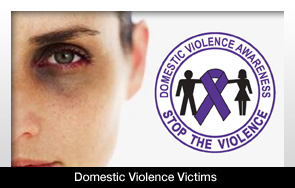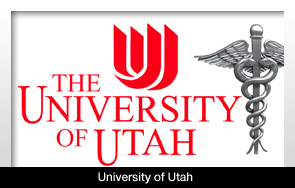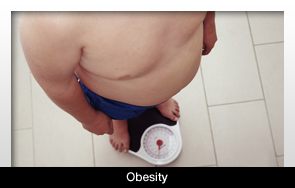University of Utah to Add Dental School
Written by Dentistry TodayTuesday, 13 November 2012 16:18
The University of Utah plans to finish what it started.
The school is going forward with plans to build Utah’s first public dental school, even though there are some people against the move. Officials just announced the location for the school, which will be named after donors Ray and Tye Noorda.
Many local dentists don’t think there is a necessity for a dental school in that area. The dental school, however, will be a less expensive choice for dental students in Utah. It will also aid the community clinics with dental treatment, which will be provided by students close to graduating.
The dissension stems from a privately run dental school that recently opened in the area. The Roseman University of Health Sciences in South Jordan will produce 64 dentists in 2015 and 80 dentists the following year.
A 2006 survey of Utah dentists showed that 95 percent of people familiar with the dental trade thought the local dental market was saturated. A different study, however, indicated that there were 56.8 dentists for every 100,000 people in Utah that year, which was a decline of about five dentists since 2002. The national average at that point was 59.8 dentists for every 100,000 people.
There could be other issues for these new dental students, such as the amount they owe after graduation.
But the new program has already received 175 applications for the 20 positions in the first year. The interest is certainly there.
At this point, the University of Utah has a contractual agreement with Creighton University to help students interested in studying dentistry. With the new dental school, this arrangement will end.
The only states in the vicinity of Utah with a dental school as of now are Arizona, California and Nevada.
Construction of the school will commence early next year and is expected to be completed in late 2014.


